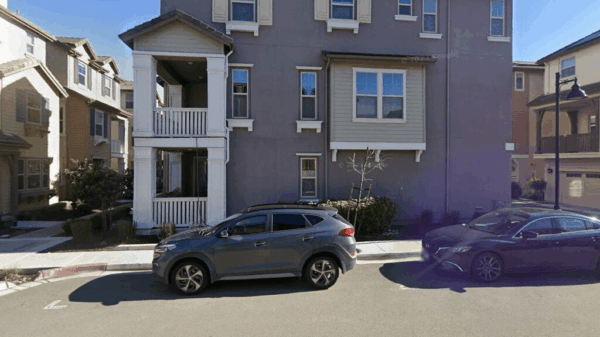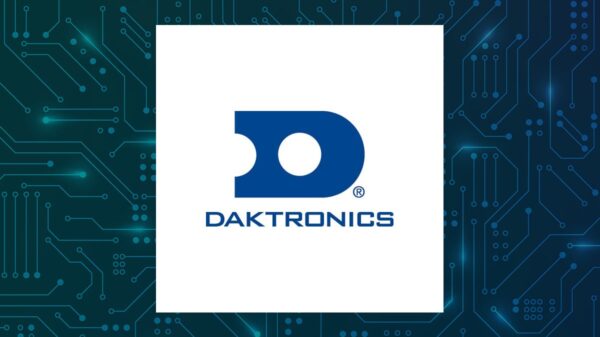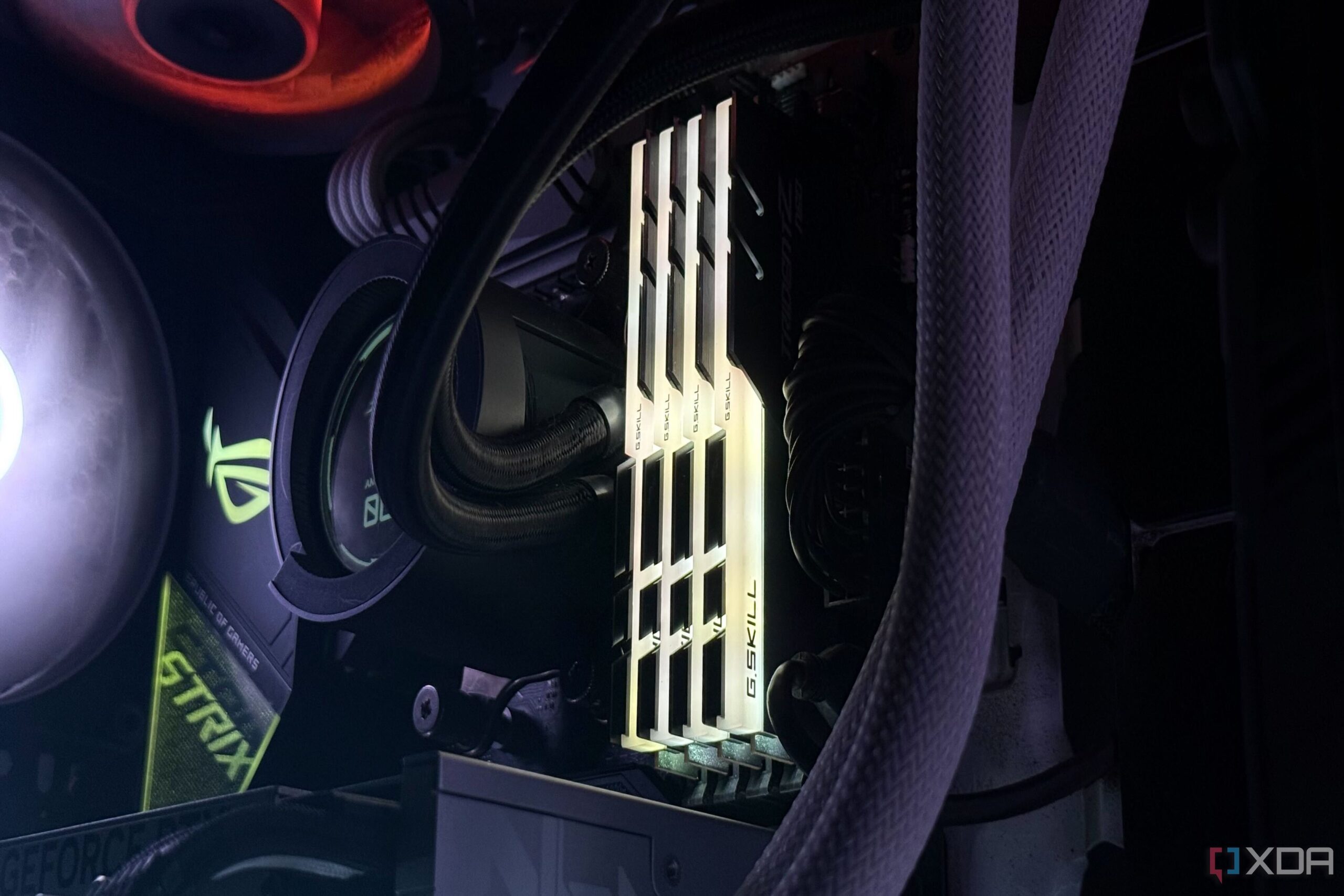URGENT UPDATE: PC builders are facing serious stability issues with their setups as new reports reveal the risks of using four sticks of RAM instead of two. This trend is particularly alarming for users employing DDR5, as the demands on the CPU’s memory controller intensify, leading to performance problems.
Experts highlight that while filling all four DIMM slots may seem appealing for aesthetic reasons, the reality is causing significant headaches for many. Users have reported issues ranging from random freezes to BSODs after upgrading CPUs, particularly when switching to the Ryzen 7 5800X3D. The potential for instability increases dramatically when all memory slots are populated.
The primary concern lies in the memory controller’s ability to handle multiple modules. For instance, users running G.Skill Trident Z Neo RAM at 3600MHz experienced stability issues when they upgraded from Ryzen 9 5900X to the newer Ryzen model. Many were forced to downclock their RAM to 3200MHz just to maintain system stability, a frustrating outcome for those seeking optimal performance.
Furthermore, with DDR5, the stakes are even higher. The demands placed on the memory controller mean that achieving rated speeds with four sticks installed is often impossible. Users may find themselves needing to adjust timings, raise voltages, or lower frequencies to keep their systems from crashing. This can result in a frustrating experience for builders who expect their systems to perform well out of the box.
In addition to stability issues, the potential for compatibility problems looms large. Just because RAM modules work fine today doesn’t guarantee they will remain stable after hardware changes or BIOS updates. The introduction of new components can trigger a cascade of issues, leading to boot failures and memory errors.
Experts advise that builders should consider using two higher-capacity sticks, especially if looking to maintain system stability over time. For those who prioritize the look of their setup, dummy RAM modules are a viable alternative. For example, Corsair offers RGB Light Enhancement Kits that mimic RAM modules and sync with existing lighting, allowing for a fully populated aesthetic without the performance risks.
Amid these revelations, the message is clear: chasing aesthetics and raw numbers can be detrimental to long-term system health. Prioritizing stability not only enhances performance but also provides peace of mind every time users power on their PCs.
As more builders share their experiences, the community is urged to rethink their RAM configurations. The potential pitfalls associated with using four sticks instead of two are increasingly apparent, prompting many to reconsider their choices for future builds.





































































